Per Chris Grinter, die 19 Aprilis, 2011
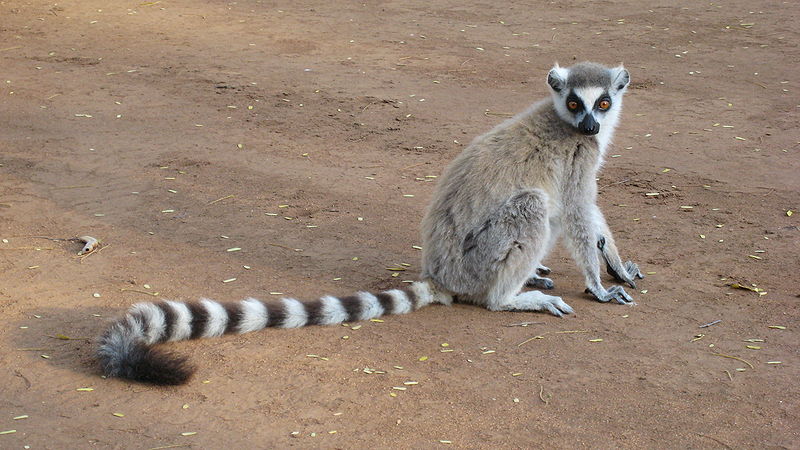 Source: Vicipaedia Ita fit, ut ratio nova Richard Branson; salvum facere anulum herbae lemuri (Lemuri catta) per invecta ad privatam Britanniae Virginem Insulam. Articulus ostendit quomodo opera Branson annos consumpsit millions of libras et vertere in insula “maxime amica insulae in orbem terrarum creatively”. Sed videtur Mr Branson scientiam conservationem dimittendam esse et eam rescribere in via magis amicabili PR. In lemurs veniunt non obstante cautiones oeconomicorum propriae aestimationee quia vult “…ut in altera insula habitat et condiciones Moskito perfectae sunt.” Fortasse Branson glossarium mundi bizarro habet ubi definitio verbi perfecti est “quid omnino dissimile originali”.
OK fideles, prima idea sonat denique unum – lemurs periclitantur, quin iterum feras dare conantur? Euge, Dr James Lazell of the Conservation Agency has had 31 years experience in the Virgin Islands and has pointed out that “Lemurs are agile, dexterous, aggressive, omnivorous animals that could have a detrimental effect on these simple island ecologies. They eat absolutely everything – lizards, fruit, roots, insectorum, birds’ eggs.” Oh but don’t worry, nothing bad can happen when you introduce primates to an island (introduced primates devastate Florida Key). Branson knows that the lemurs will only “take the odd gecko” (like the rare endemic dwarf-gecko Sphaerodactylus parthenopion), not to mention they probably won’t spread to other islands since they “hate swimming” (ring tailed lemur swimming).
So why then the ring-tailed? Not because it is the most endangered (sunt lots of other more endangered lemurs), but because it is the most iconic. That is what really drives me up the wall about this ridiculous idea. Not only is he naively introducing a possibly invasive species into a sensitive island habitat – but because he is spreading a false message of conservation. Like a slow child Branson has rushed to the ring-tailed to save it while completely missing the entire idea behind conservation. The ring-tailed is a flagship species, one that draws attention to the devastation that is occurring in Madagascar. One cute cuddly animal to represent the staggeringly unique and diverse habitats of its homeland. But not if Richard Branson has anything to say about it. Why bother protect Madagascar when you can swoop in and create a new home for a primate everyone loves? Phew, crisis averted. Richard fiddles while Madagascar burns.
I suspect this freakish island zoo is simply masquerading as conservation and the real incentive behind it is commercial. Over the next few years there will be a handful of “luxury, carbon-neutral homes built on the island”. A pretty brilliant scheme to incentivize the purchase of homes that undoubtedly will cost tens of millions of dollars each – and you can pretend to feel good about protecting the world while you do it. After all the Virgin Islands lack any charismatic wildlife; nature sure does a terrible job of creating a billionaires wonderland. What comes next to the island?
Maybe… just maybe… Branson has Dr. Moreau moving in first.
Per Chris Grinter, on April 18th, 2011 A few weeks ago I was invited to join a Berkeley entomology class out in the field for the weekend. Our destination was the Caeruleum quercus villa Subsidium; one of the newest reserves to the University of California system located just outside of San Jose on Mount Hamilton (map below). It was a joint spider and beetle class trip, hosted by Charles Griswold et Dave Kavanaugh respectively. And despite a frost on Saturday night we managed to find some interesting insects. You’ve already seen my images of the Scaphinotus (Carabidae), but here is a larger set of images from both myself and colleague and fellow blogger TAMÁS SZUTA.
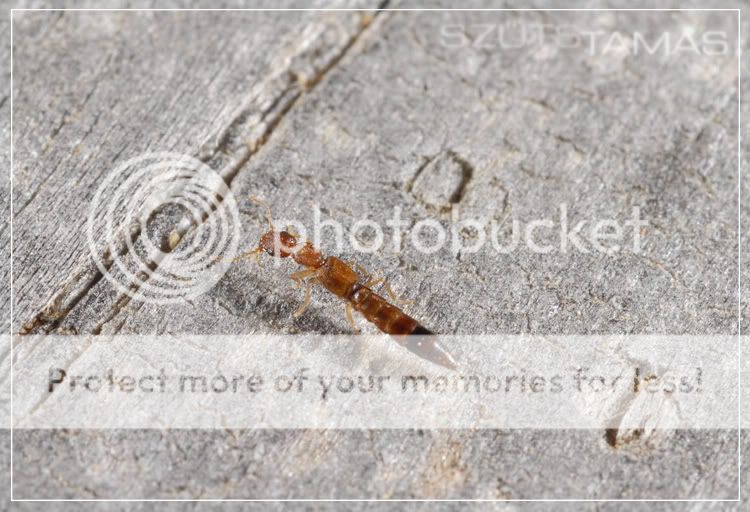 Staphylinidae: Aleocharinae? 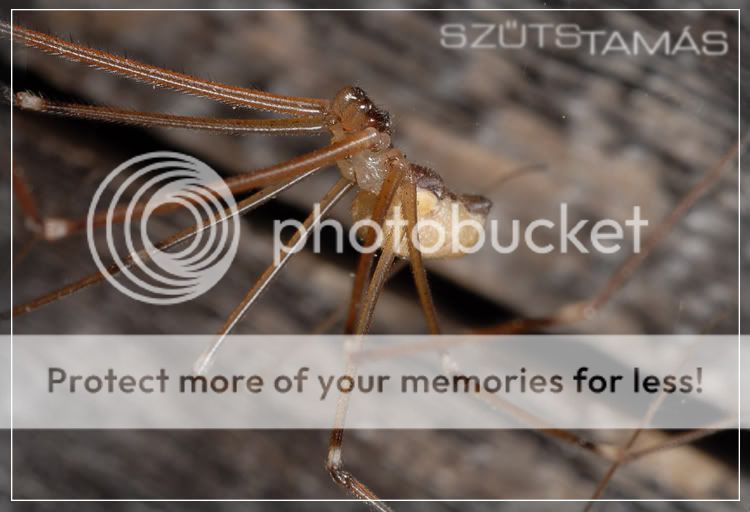 Pholcidae : likely Pholcus sp. 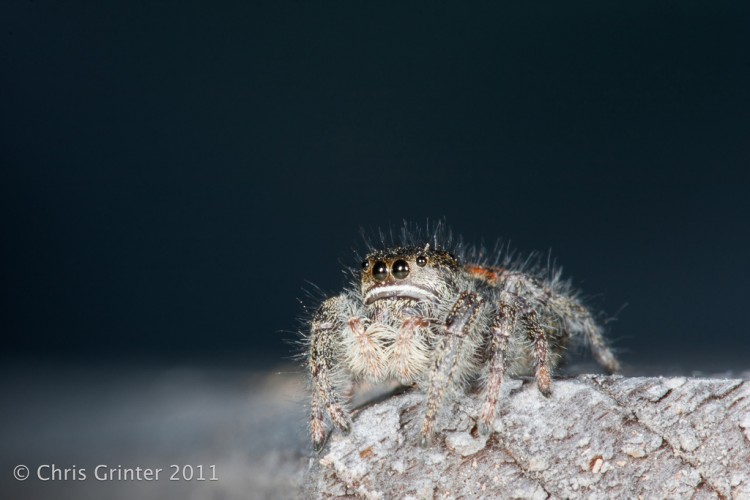 Salticidae: Phidippus sp. Continue reading Blue Oak Ranch Reserve
Per Chris Grinter, April 6,, 2011 CALLIDE – coeptus est: quia non pauca adhuc superest, plena imaginibus * in quaestione de larvae (Volo in tempore paucorum dierum,!). In volutpat, ego fuit extra cum a Berkeley amet alumni in monte de Hamilton et PhD candidatus Meghan Culpepper collegit pauca et quaedam sunt species Scaphinotus larvae! So the specimen from Monday was indeed the larvae of a Scaphinotus beetle feasting inside the shell of a native terrestrial snail. This challenge was a hard one since these predatory Scaphinotus larvae are rarely encountered and there are zero images of out there – and none of them feeding. Better luck next time!
For now, here is an undetermined Scaphinotus species. In the coming weeks I will have 4-5 species photographed and identified (by Meghan) – and the larvae will have to be sequenced for species ID. Subsisto tuned.
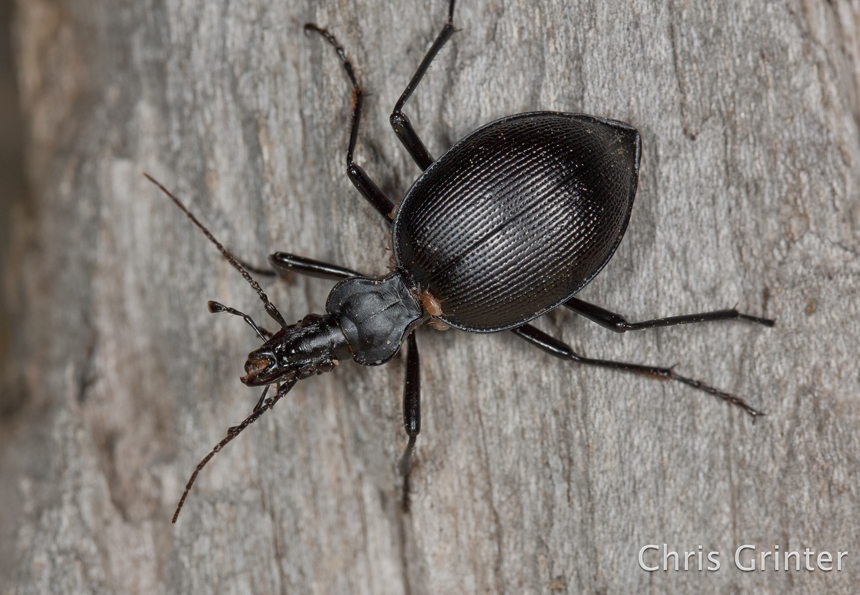
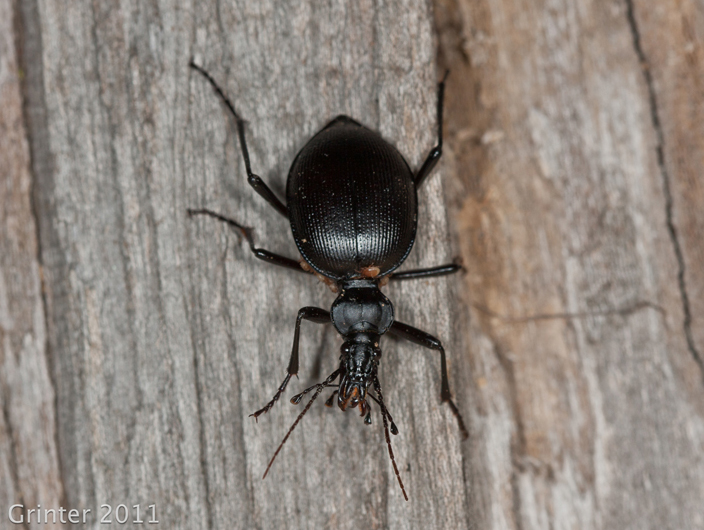
Per Chris Grinter, on April 4th, 2011 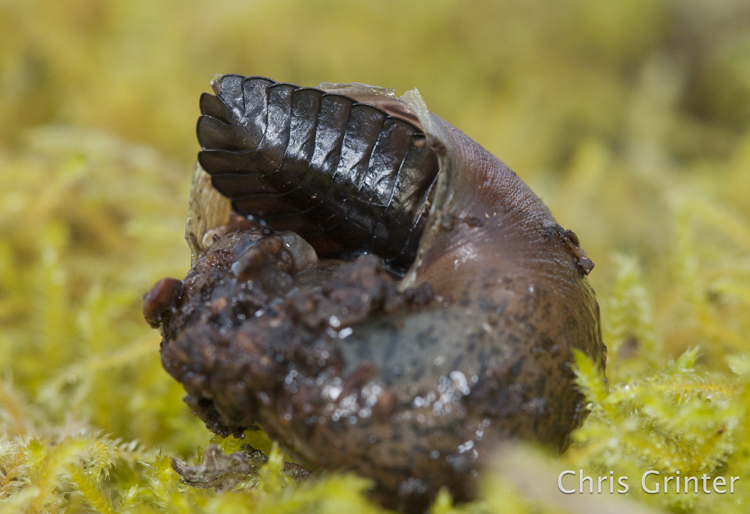
Came across this guy while out in the field the other day, what’s going on here? Points awarded for Order/Family/Genus – but even experts in this group can’t figure out the species quite yet.
(in agro usque ad conjecturas mecum ingredi tacerent comments!)
Per Chris Grinter, die 30 Martii, 2011 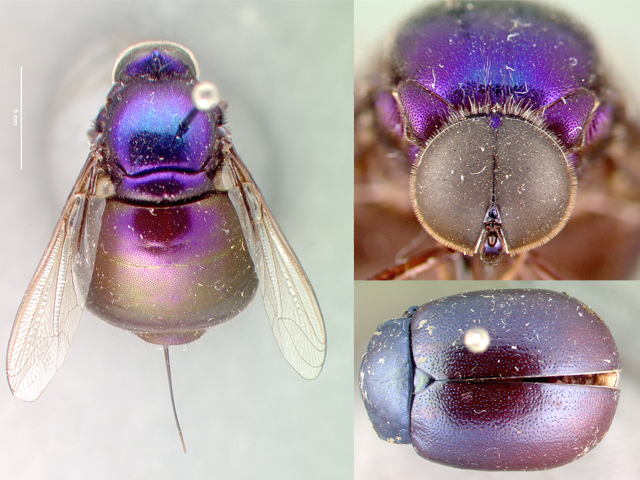 Glass klettii: April Nobile per Photos, CAS Glass klettii: April Nobile per Photos, CAS
Nam magna ex parte, non mihi nimis excitatur circa an insect. Autem, aenigmaticam Acroceridae sunt familiae exceptis. Ego committitur communicansque aliquam interdum interesting genera – procul dubio mirabilis est diversum genus. Most of my days are spent at the museum inventorying our massive collection of over 16,000 Acorcerids (aka small-headed flies). That may not sound all too impressive when you compare it to other more abundant families (and it does pale in comparison to the over 17,500,000 other specimens we do have in the museum); but it turns out to represent many, if not most, autem omnes known specimens for the entire family. While there are likely large assemblages of these flies in other institutions, the California Academy of Sciences can easily claim the record ever since receiving the collection of Dr. Evert I. Schlinger (who occasionally comes in to work from the museum).
Acrocerids turn out to be a rather difficult group to study because of how rare they are in nature, their parasitoid biology, quamque aegre cornu capere possint?. Thorax magna eorum est referta musculis, qui erucae volant per aerem – sic, si in flore capis, desiderium Malaise laquei relictus es. Homilia mihi narravit unam fabulam discendi has capere in ala in Costa Rica .. Vos a collega in agro sistitis – quam primum aliquis audit aliquid praeteritum zip, tu oscilla sperans laqueum musca forte… omne opus facit semel in tempore. Hae muscae solae notae sunt endoparasitae araneorum adultorum (potest esse memoria Tachinid…). Genus superius, NeoLasia, est parasitus Theraphosid tarantulas (aliquid simile Aphonopelma). As a larvae the fly works its way up the legs of a spider and burrows into the abdomen where it then settles in next to the book lung and pokes a little breathing hole. Then it waits patiently for the spider to near maturity. With female tarantulas, the fly could be dormant for decades. Eventually something akin to the movie Aliens happens and the larvae feeds on the internal organs of the spider then emerges to pupate. But figuring out whether or not a spider has a parasite is impossible without a dissection – so large collections of live spiders must be maintained to obtain host records. Parasitoid biology is just so cool.
The above specimen (Glass klettii a new, unnamed, species) was collected in 1977 by Schlinger near the town of Alamos, Mexicum – on flowers with the likely mimic model, a Chrysomelidae beetle (beetle people, aliqua notiones ultra familiam?).
Per Chris Grinter, die 24 Martii, 2011 Potius videte quid feceris cum sunt in agris. Caudi potest esse periculosum est in locis, praesertim si vestri 'a photographer. Leges in Florida, simpliciter inscripsit, “praedia”, vel tractus in consequat est facere conari,, in or * autem fundum sine consensu expresso scripto primo gradu FELONY (usque ad 30 annis carceris). Quid fieri possit iustificatio huius legislationis?? Diurnarius Barry Doyle insinuat bonus Senator arcte in loculos Agribusiness – prospiciens pauperes agricolas, qui ab iuribus animalium coetibus vel etiam peius iaculis sunt – humana iura coetus! Ego tendunt ad concurrere, Haec leges tetra fragmen corruptionis est. Accipit pulchellus malus:
(2) Qui imagines, video records, aut aliter imagines vel picturae picturae, digital vel aliter, at vel in fundo vel aliis bonis, in quibus res legitimae agriculturae geruntur, sine scripto consensu domini sui, seu repraesentativum domini authentici, feloniam fecerit primi gradus…
Vehementer hortor aliquem ex lectoribus meis Floridae ad scribendum Senator Norman et exprime tuum fastidium absolutum in legibus suis.
14031 N. Dale Mabry Blvd.
Tampa, FL 33618
(813) 265-6260
senatus VOIP: 41200
Omnes praeterea omnes ubique praeterea hortor ut nuncio tuo US scribas ac flagitemus iniuriam tuam super hoc modo primae emendationis iurium violationem exclamo (modo proposita violatione nunc).
Et sicut pro mensura, hic malus cellphone picturam in Oregon tuli cum multis praediis.
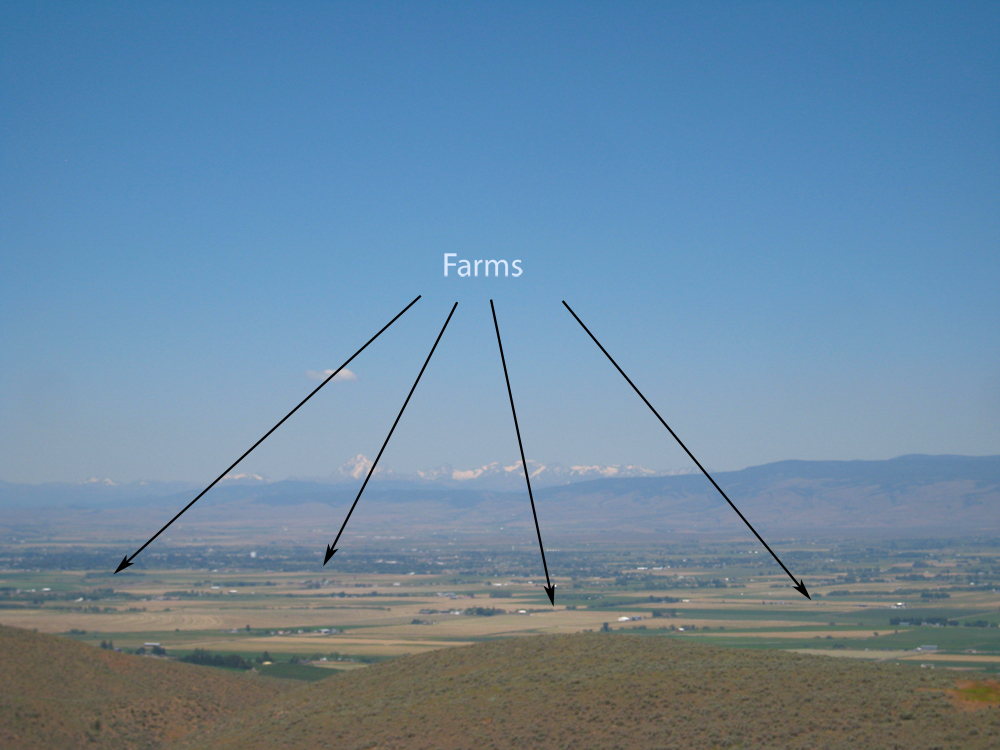
Per Chris Grinter, on March 22, 2011 Usitas repperero horrendum entomology articulos ordine tantum indigeo, ut series futuri nisi in backlog. Et hoc non factum est super permaneo pauci weeks, Ego non venerunt trans normalis compluras, terribilis media crud. Maybe ego prohibere vultus, sicut et iustus adepto magis diligenter DEFESSUS – but this week I even came across a moth related correction from the Maui News. They fixed their error, but must have deleted the original article…
And for this week I found hoc Commentarium with the image below. Should be pretty easy to spot the weirdness (illi do at least manage to point out that the moth is nec the LBAM (light brown apple moth)).
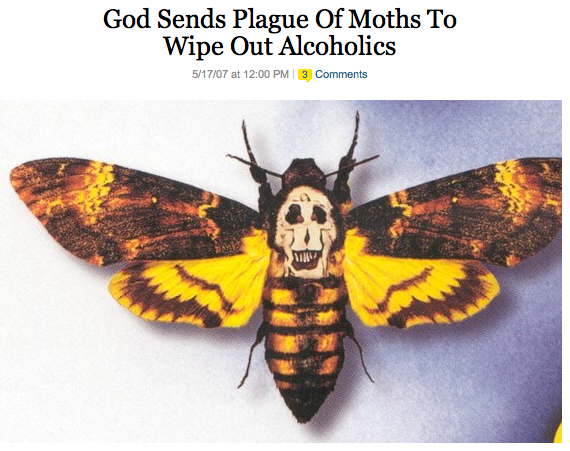
Per Chris Grinter, in March 18th, 2011 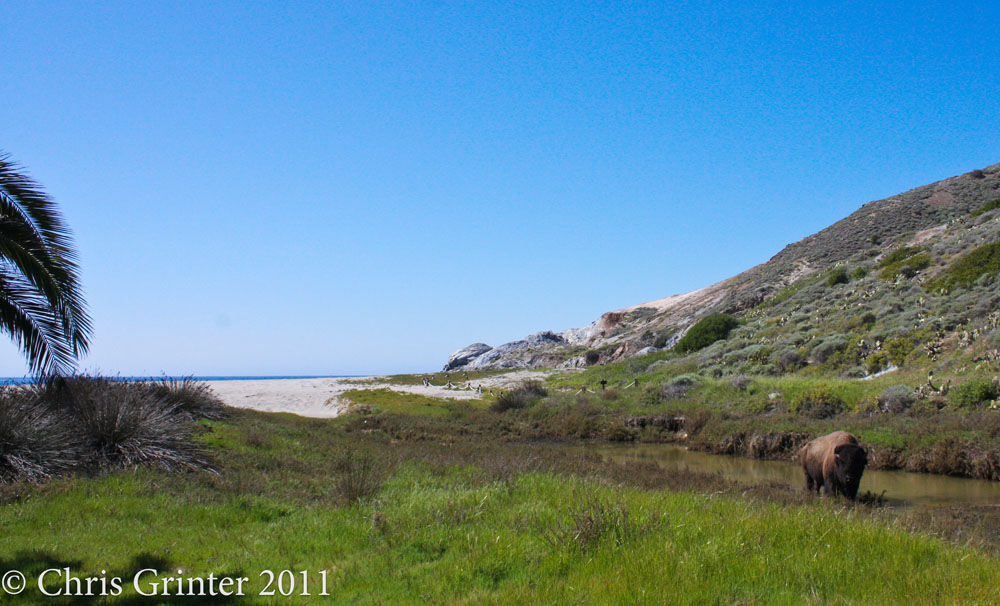
Nisi forte in mundo bisontes sicubi invenire American (vs. gignat) palma a proxime adstabat. Mira fuit in una septimana Catalina Santa, et tamen a vere frigus cum paucis importunum frigora, pudor factum colligendis. Here are just a few amusing images and you’ll notice one thing right away: no fields of wildflowers! As it turns out, almost a century of goat, pig and bison grazing has left mostly grass and cactus on the island. At one point there were over 1000 bison and countless herds of goats; it’s a wonder anything survived at all! Hodie, there are thankfully only a modest ~200 bison left that are even on birth control (you guessed it, you can’t shoot the damn things since people “love” them – just like the stupid eucalyptus you can’t cut down). In 1924 a small heard of bison were brought over to shoot the movie The Vanishing American. Naturaliter, the project went over budget, the scene was cut and the animals were let loose instead of paying to return them home. 80 years later and you’re left with an island you can only fight to “conserve” and not restore. Sad fact is that we have no clue what the island actually used to be like. It’s even hypothesized that the endemic island fox (of which we saw 6!) was brought over by indigenous peoples a few thousand years ago from neighboring islands. I guess it’s in our nature to mess with our environment.
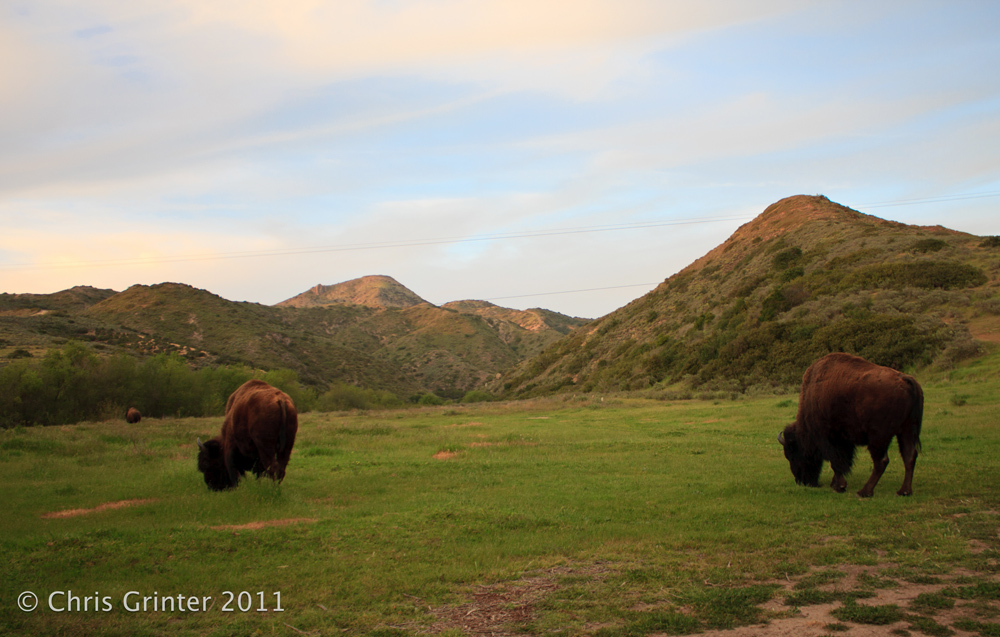
As I was photographing the above, this beast walked up behind me. It wasn’t running, I was!
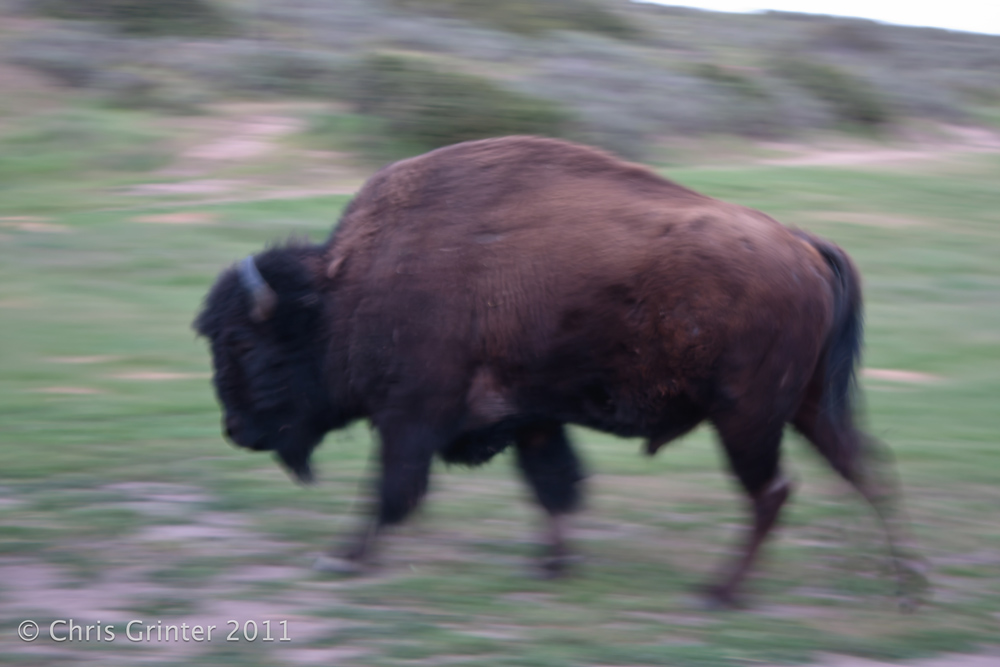
Per Chris Grinter, on March 8, 2011 [cetsEmbedGmap elit http://maps.google.com/maps?ll = 33.393039, -118,416824&= SPN 0.359452,0.715485&t h =&XI width = z = 0 marginheight marginwidth CCCXXX DC altitudo = 0 frameborder auto scrolling = 0 =]
Ego eo ad mane, 10 day collecting trip down to Catalina Island. Satis felix fui Dr invitaretur. UC de Berkeley Jerry Powell, vestibulum in a tinea, et hoc illis a me insulae primum aliquis. The Channel Islands are known for their high levels of endemism, and none is more famous than the Channel Island Fox. There are also a handful of endemic butterflies and moths that I’ll be hoping to find, but at the very least I know it’s wildflower season and I’ve got my camera primed.
I will likely have little or no access to the internet while staying on the island, so hang tight for a week. Had I planned ahead I would have scheduled posts or a guest author! Please do stay tuned for some of my first images of the 2011 field season.
Per Chris Grinter, 3 quartadecima die mensis Adar, 2011 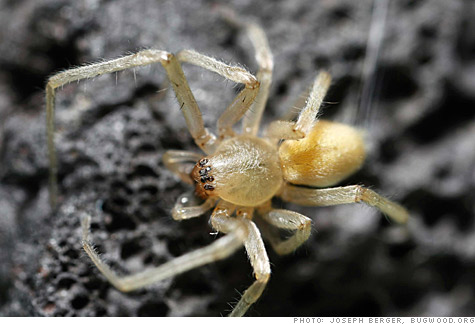
Videtur something in the Mazda 6 fuel line is warm and inviting for the yellow sac spider, satis est ut discat aedificant super anum doctrinis 4 cylindrum vehicles (et non 6!). Problema est, more aliorum, “araneae infestatione” a car turma,, and the clogged vent lines then can lead to a cracked gas tank and the possibility of a fire.
“A certain type of spider may weave a web in the evaporative canister vent line and this may cause a restriction of the line”
So far only 20 cases are confirmed, but this problem is prolific enough that it has lead to a recall of over 52,000 sedans! I think it’s high time the major car companies hire entomology consultants – after all, my retainer would be a lot less than the cost of that recall…
I consulted with our resident team of arachnologists here at the CAS, and the above image does appear to be a sac spider. It’s too hard to tell from the image, but it’s probably not an egregious taxonomic failure.
|
Scepticismo
|














